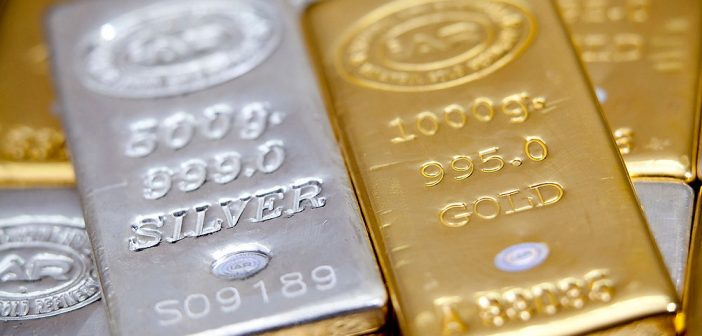As India approaches its festive season, the demand for gold and silver typically surges due to cultural traditions that associate these precious metals with auspiciousness. However, the 2024 season is expected to bring mixed outcomes, influenced by various market dynamics, economic factors, and price fluctuations.
Gold Market Outlook
- Rising Prices Could Curtail Demand: Despite the cultural inclination towards buying gold during festivals like Dussehra, Diwali, and the wedding season, high gold prices might dampen enthusiasm. Gold prices in India are hovering around ₹61,000 per 10 grams, near record highs. This is nearly 20% higher than the same period last year, making it more expensive for buyers. Analysts anticipate that if prices remain elevated, gold purchases may drop significantly, reaching the lowest levels in three years. This potential decline in demand could also impact global prices as India is the world’s second-largest gold consumer.
- Correction in Prices May Trigger Demand Spikes: However, if there’s a notable price correction before Diwali, it could encourage buyers to re-enter the market. Seasonal trends have shown that gold demand tends to improve if prices stabilize or drop in the weeks leading up to the key festive period.
- Tier-2 City Markets Gaining Momentum: Interestingly, a shift in demand growth is being observed in India’s Tier-2 cities like Lucknow, Jaipur, and Coimbatore, where demand for gold jewellery, coins, and bars is growing faster than in Tier-1 cities such as Mumbai and Delhi. This could indicate a more robust market outside major metropolitan areas during the festive season.
Silver Market Outlook
- Silver Demand Growth: Silver, often considered a more affordable alternative to gold, is experiencing a rise in demand. This trend is particularly strong in Tier-1 cities like Delhi, Hyderabad, and Bangalore. However, Tier-2 cities are again driving higher growth rates. Silver’s lower price point makes it more accessible for gifting and investment, which can further boost its appeal during festivals(.
- Price Sensitivity: While silver prices have also seen upward movement, they remain significantly lower than gold. At around ₹75,000 per kilogram, silver remains an attractive option for festival buyers, particularly those looking for auspicious purchases without the steep price of gold.
Other Market Dynamics
- Impact of Macroeconomic Factors: Broader economic conditions, including inflation and global uncertainties, play a role in shaping the gold and silver markets. High prices are not only driven by local demand but also by global factors, including geopolitical tensions and shifts in interest rates, which could influence investor behavior during the festival season(.
- Wedding Season Influence: Following the festival period, India enters its wedding season, where demand for gold is expected to remain high. Gold’s traditional role in Indian weddings as jewelry and gifts could keep the market active despite price hikes.
Conclusion
While the Indian gold and silver markets are poised for strong demand during the upcoming festival season, high prices may curb gold purchases, particularly if they remain close to current levels. Silver, on the other hand, is likely to see continued growth, especially in smaller cities, driven by its affordability and cultural significance. Overall, the festival season remains a critical period for these markets, but buyer behavior will be closely linked to price movements in the weeks ahead.





